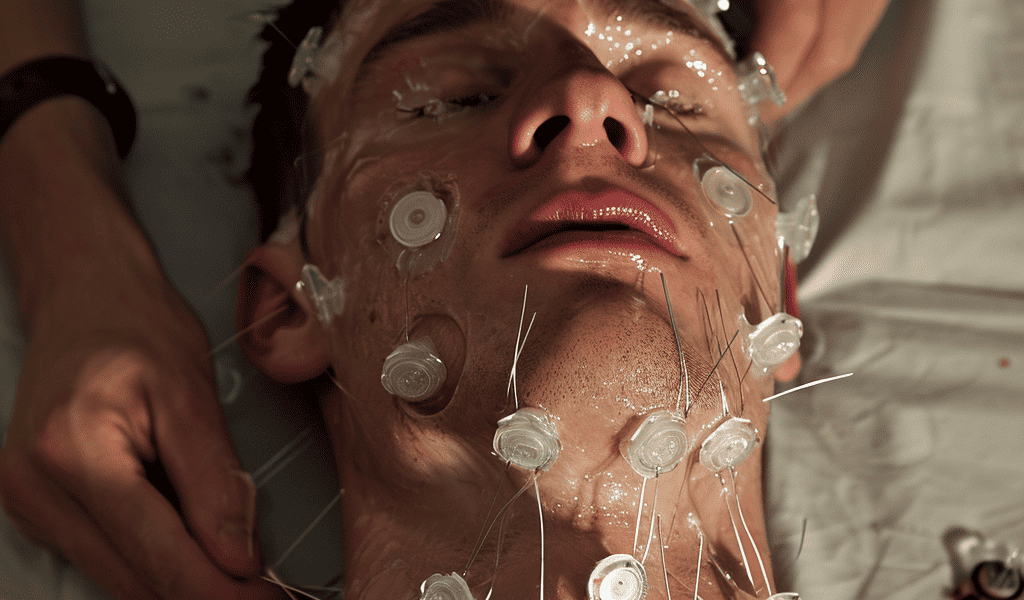A recent study has shed light on the influence of perceived time on physical healing, challenging the traditional Cartesian dualism and emphasizing the mind-body unity. The study, conducted by Aungle and Langer, provides compelling evidence of the impact of perception on a physical and material force.
The research involved 33 participants undergoing cupping therapy, a traditional practice involving the breakage of the skin. The participants were exposed to different temporal conditions, with one group believing they experienced 14 minutes (slow time), another group believing they experienced 56 minutes (fast time), and a control group experiencing the actual 28 minutes. Photos of the cuts were taken immediately after the therapy and after 28 minutes, followed by an assessment of healing by an independent group of participants.
The findings revealed significant differences in healing levels between the groups, indicating a direct correlation between perceived time and physical healing. The study challenges the notion that cognitive variables only influence psychological outcomes and highlights the profound impact of beliefs on material reality.
This study aligns with the growing body of research emphasizing the influence of cognitive variables on physical outcomes. It reinforces the concept that our thoughts and beliefs play a crucial role in shaping our experiences and influencing physiological responses.
The implications of this study extend beyond the realm of traditional medicine, offering insights into the potential of integrating cognitive interventions into physical healing practices. The findings underscore the need for a holistic approach that considers the interconnectedness of the mind and body in promoting overall well-being.





